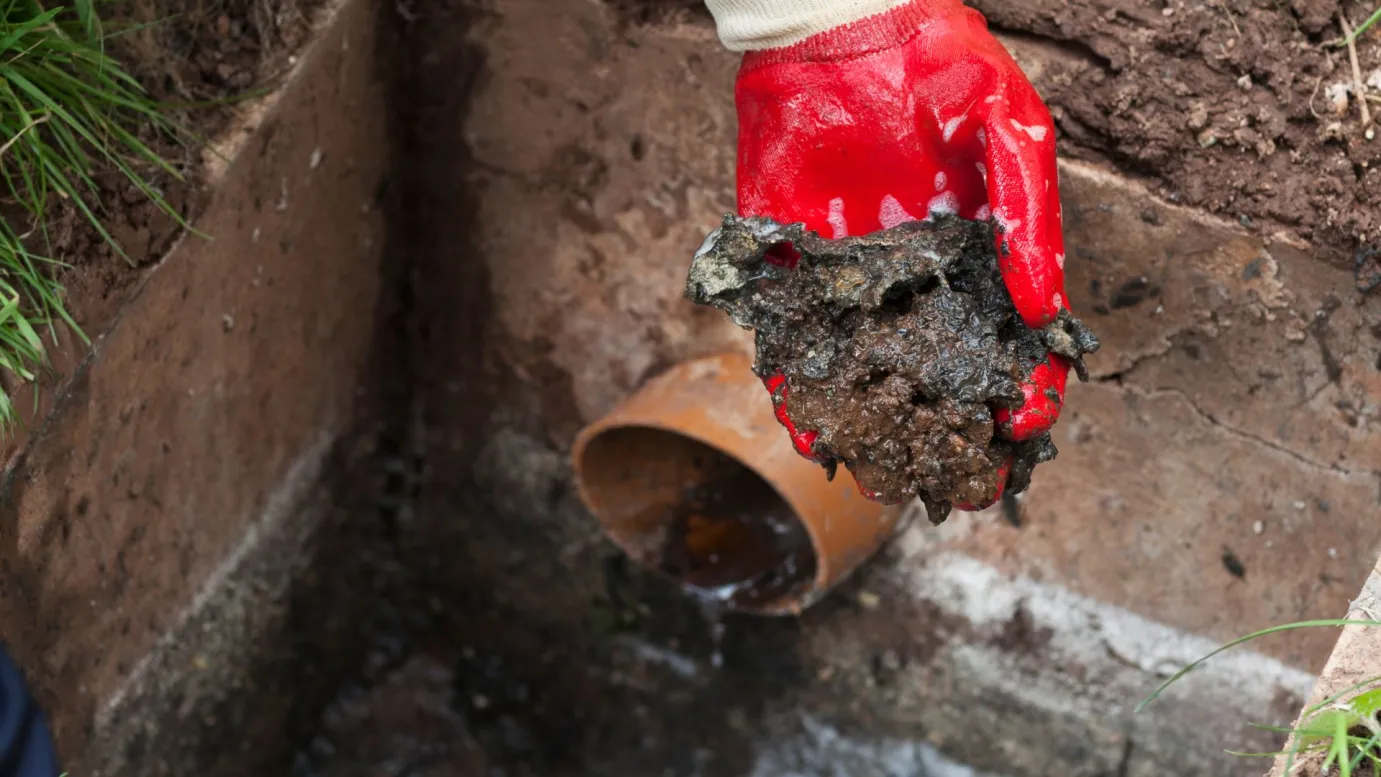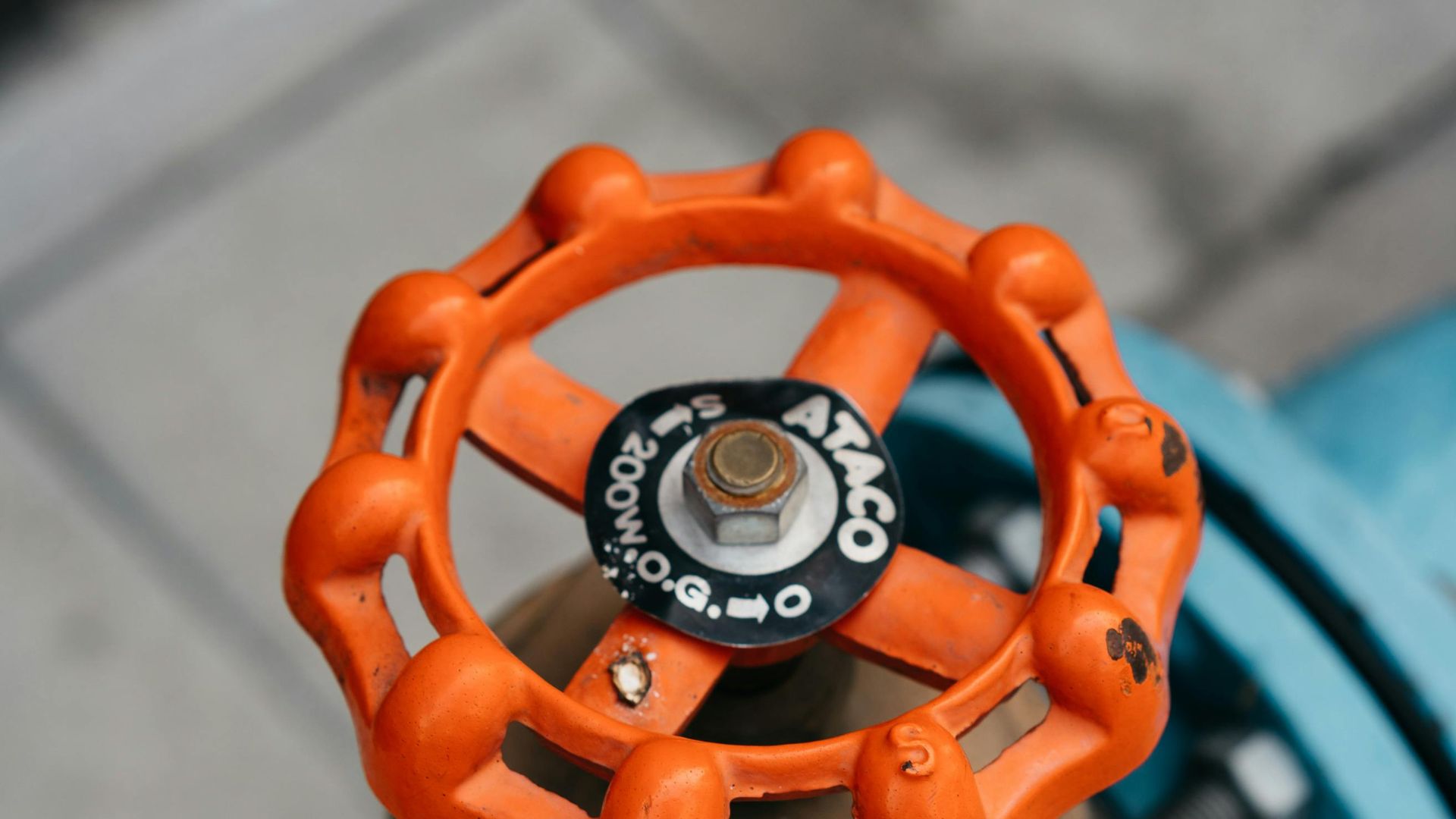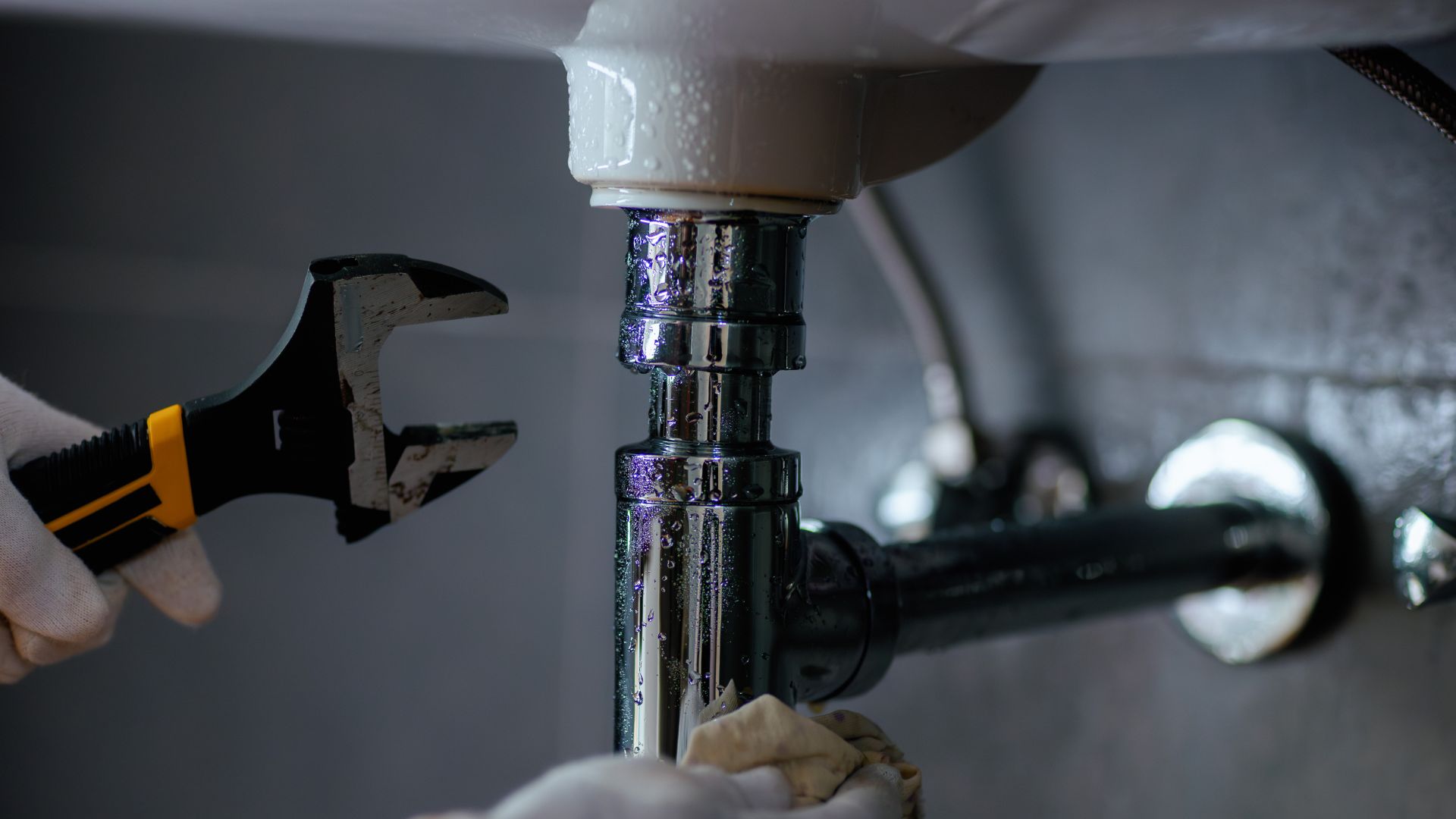Ensuring the safety of water systems in schools is paramount for the well-being of students and staff. Backflow devices play a crucial role in preventing water contamination by maintaining the integrity of plumbing systems.
Backflow devices play a key role in plumbing systems by stopping water from flowing back and causing contamination. Think of them as barriers that keep water moving in one direction, so nothing unwanted slips back.
By understanding the risks associated with backflow and the importance of these devices, we can safeguard the health and safety of everyone on campus.
Understanding Backflow Devices
There are different types of backflow devices, each serving a specific purpose based on the level of protection required. Common types include check valves, double-check valves, and reduced pressure zone (RPZ) devices. Check valves are simple, one-way valves that allow water to flow in one direction and prevent backflow. Double-check valves provide an additional layer of protection by incorporating two check valves in series.
The most robust and reliable backflow prevention device is the RPZ device. It consists of multiple check valves and a relief valve, creating a complex mechanism that offers the highest protection against backflow. RPZ devices are typically required in high-risk situations where the potential for contamination is significant, such as in schools, healthcare facilities, and industrial settings.
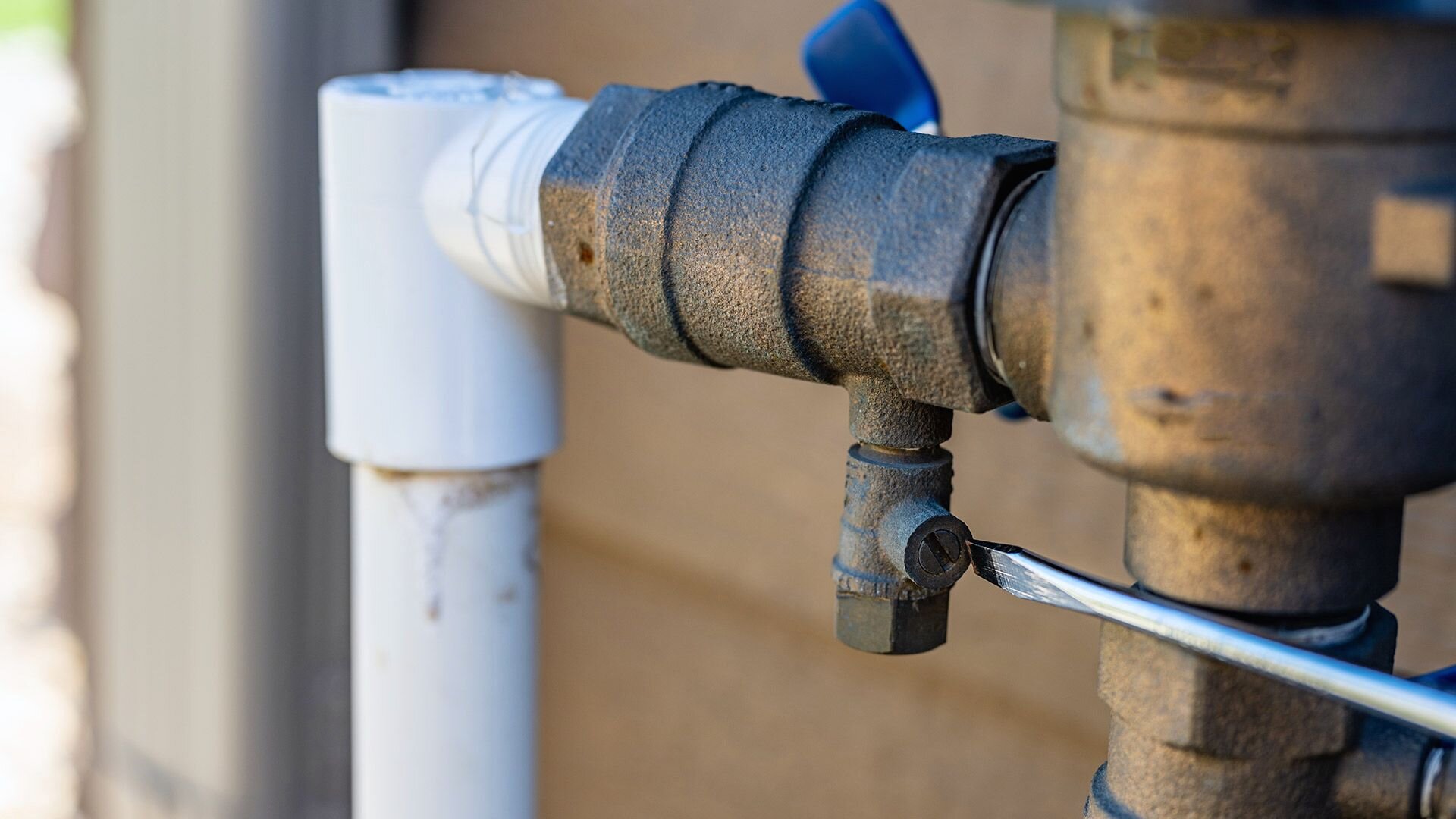
The way backflow devices work is pretty clever; they use the principle of differential water pressure. If the water pressure in the drinking water supply drops or turns negative, these gadgets step in, shutting valves to stop water from moving backwards. This nifty process keeps the clean water source safe from non-potable contaminants, ensuring your water remains pristine.
You need to ensure you have the right kind of backflow prevention device installed at the school and that the device is properly maintained. Regular maintenance and testing of backflow devices are crucial to ensure proper functioning. Certified professionals should conduct periodic inspections, repairs, and testing to verify that the devices are in optimal condition and compliant with local regulations.
Why Backflow Devices Matter In Schools
A backflow device plays a critical role in ensuring the safety and well-being of students, teachers, and staff within school environments. Here are key reasons why backflow devices matter in schools:
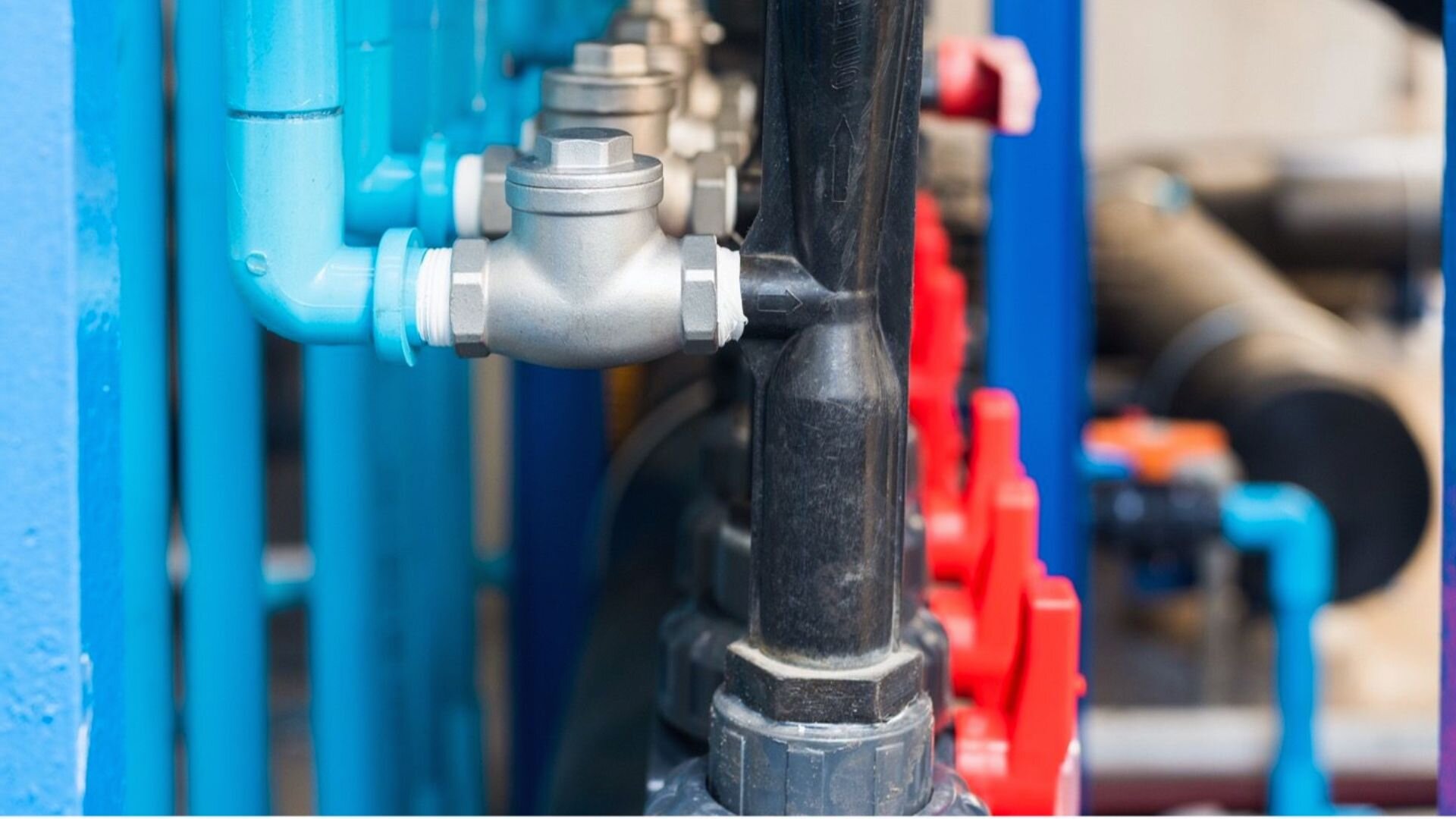
Protecting Water Quality
Backflow devices act as safeguards against water contamination. Backflow prevention is essential in schools where students and staff rely on clean water for drinking, cooking, and maintaining hygiene. These devices effectively isolate the potable water supply from potential sources of contamination, such as chemical storage areas or irrigation systems, ensuring that the water remains safe and free from harmful substances.
Safeguarding Health
Contaminated water can pose serious health risks, particularly for children who are more vulnerable to waterborne diseases. Backflow devices prevent the backflow of non-potable water, which could carry harmful bacteria, chemicals, or other contaminants. Mechanical backflow prevention assemblies have internal seals, springs, and moving parts subject to fouling, wear or fatigue. Also, a mechanical backflow preventer and air gaps can be bypassed.
So, all backflow prevention assemblies must be tested periodically to ensure they function correctly. By maintaining the integrity of the water supply, these devices help protect the health and well-being of students and staff, reducing the risk of water-related illnesses.
Compliance with Regulations
Many local regulations and building codes require the installation of backflow prevention devices in schools. Compliance with these regulations not only ensures the safety of the water supply but also demonstrates the school’s commitment to meeting industry standards and providing a safe environment for learning.
Mitigating Legal and Financial Liabilities
If water contamination happens because of backflow, schools might face hefty legal and financial issues. Having the right backflow devices and keeping up with regular maintenance and testing can keep these problems at bay. This not only helps avoid expensive lawsuits and potential disruptions to school activities but also protects the school’s reputation.
Promoting a Healthy Learning Environment
Students and staff need a place where they can learn and grow. By focusing on installing and maintaining backflow devices, schools foster a safer and healthier atmosphere. This not only keeps everyone in good health but also enhances the overall learning experience for everyone.
The Risks Of Neglecting Backflow Prevention
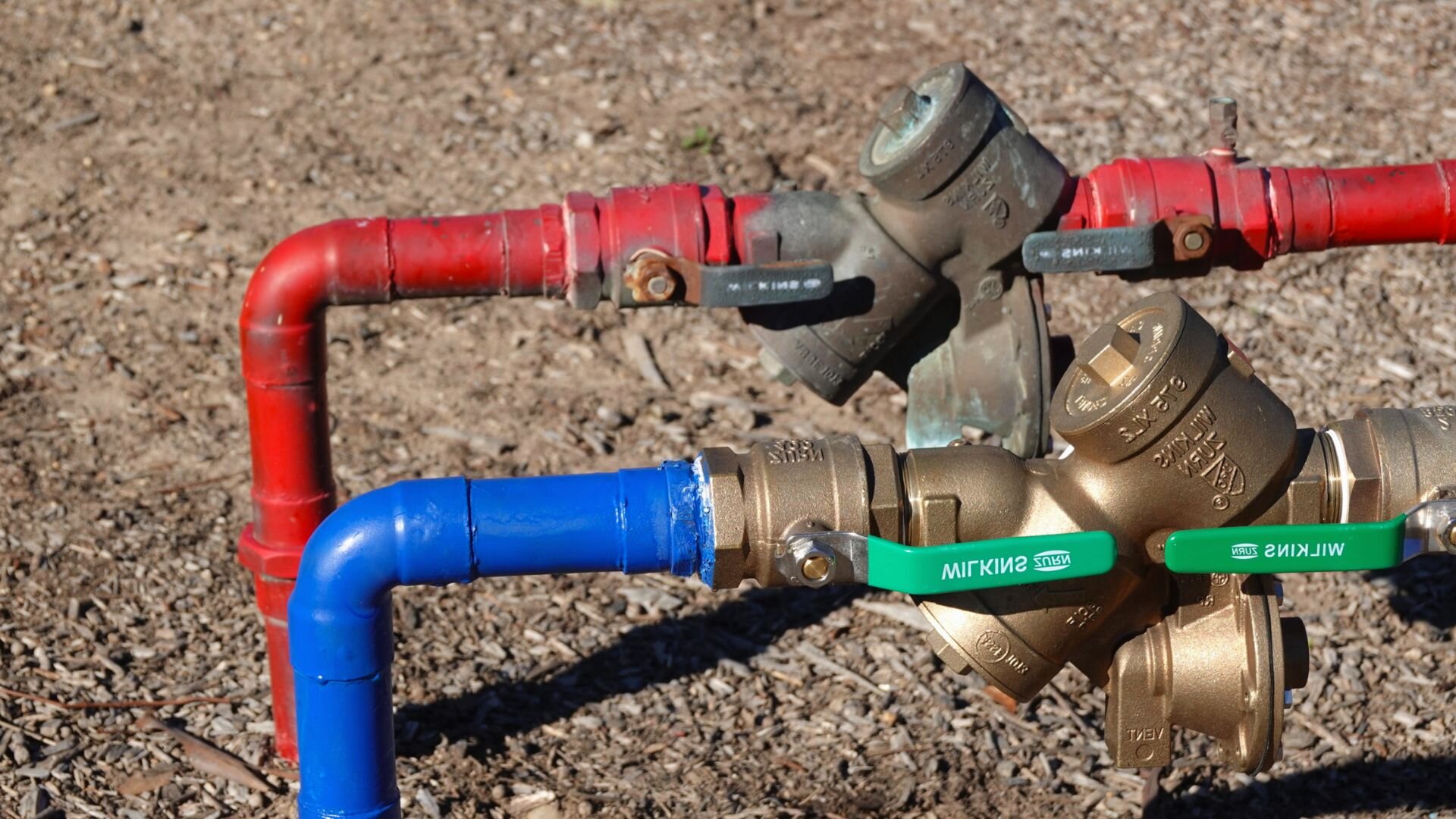
Ignoring backflow prevention can be a big mistake for schools and similar places. Water contamination is the biggest danger, allowing harmful chemicals and bacteria to invade the water supply.
This puts students and staff at risk of health issues like stomach problems and infections, leading to absenteeism, lower productivity, and medical expenses. Children are especially at risk since their immune systems are still growing.
Additionally, neglecting backflow prevention violates most local building codes and regulations. This can result in fines, penalties, or even school closures if issues are found during inspections. The lack of adequate backflow measures also damages an institution’s reputation - parents expect schools to prioritise water quality and safety. Any incidents of contamination or regulatory non-compliance erode public trust and enrollment.
Finally, remediating backflow-related water contamination is financially burdensome. Expenses for cleanup, legal issues, and medical treatment quickly add up. Insurance policies may not provide coverage if backflow requirements are ignored. Taken together, these risks demonstrate the importance of vigilant backflow prevention, especially for schools and similar facilities.
Ensuring Safety And Compliance
In conclusion, the importance of backflow devices in schools cannot be overstated. These devices protect the water quality, health, and safety of students, teachers, and staff.
Backflow devices mitigate the risks of waterborne illnesses and ensure compliance with regulations by preventing the backflow of contaminants into the potable water supply.
Getting professional help is key to making sure your school’s plumbing system has the right backflow prevention devices in place. Fixed Today, a well-known plumbing service provider, is ready to install, maintain, and test these devices expertly. Our team is committed to keeping your school’s water supply safe and sound.
Don’t compromise on the health and well-being of your school community. Contact Fixed Today to schedule a consultation and safeguard your school’s water system. Together, let’s prioritise the safety of our educational institutions and create a healthy environment for learning and growth.

